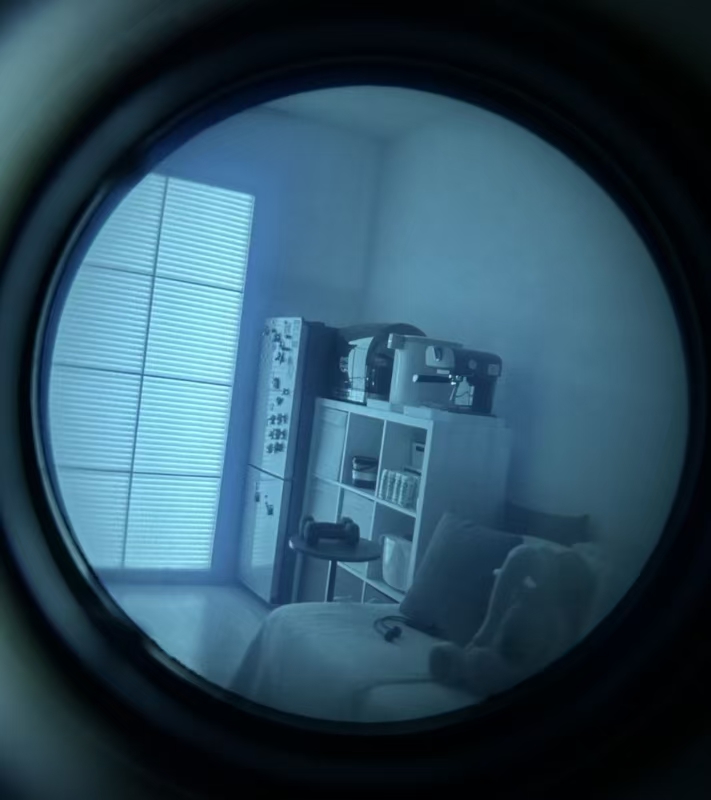Technology used in night vision
When it comes to night vision devices, most people think of image intensification technology. In fact, image intensification systems are generally referred to as night vision devices (NVDs.) Inside the NVD is an image intensifier tube that can be used to capture and amplify infrared and visible light. Here's how an image intensification system works:
A conventional lens called an objective lens captures ambient light and certain near-infrared light.
The collected light is transmitted to the image intensifier tube. In most NVDs, the power supply for the image intensifier tube draws power from two N-Cell or “AA” batteries. The tube delivers a high voltage of approximately 5000 volts to the image tube assembly.
The image intensifier tube contains a photocathode that converts photons into electrons.
As electrons pass through the tube, the atoms in the tube release a similar number of electrons, multiplied by a factor of the original number of electrons (about a few thousand times), which is accomplished using a microchannel plate (MCP) inside the tube. The MCP is a miniature glass disk containing millions of microscopic pores (microchannels) made using fiber optic technology. The microchannel plate is in a vacuum with metal electrodes mounted on both sides of the disk. Each microchannel is about 45 times as long as it is wide and works like an electronic amplifier.
When electrons from the photocathode strike the first electrode on the microchannel plate, the electrons are accelerated through the glass microchannels under a high voltage of 5000 volts between the two electrodes. The passage of electrons through the microchannel causes thousands of electrons to be released from the channel, a process known as cascade secondary emission. In short, the original electrons hit the side of the microchannel, and then the excited atoms release more electrons. These new electrons also hit other atoms, creating a chain reaction that results in a handful of electrons entering the microchannel and thousands leaving it. An interesting phenomenon is that the microchannels on the MCP have a tiny tilt angle (about 5-8°), both to be able to trigger electron collisions and to reduce ionic and direct optical feedback from the phosphorescent plasma layer at the output.
Night vision imaging maps are notable for their eerie green sheen.
At the end of the image intensifier tube, electrons hit a screen with a phosphor coating. These electrons maintain their relative positions as they pass through the microchannels, which ensures that the image remains intact because the electrons are aligned in the same way as the photons were initially aligned. The energy carried by these electrons causes the phosphorescent material to reach an excited state and release photons. These phosphors produce a green image on the screen, which has become a feature of night vision devices. The green phosphorescent image can be viewed through another lens called an eyepiece, which can be used to magnify the image or adjust the focus.The NVD can be connected to an electronic display device, such as a monitor, or the image can be viewed directly through the eyepiece.




